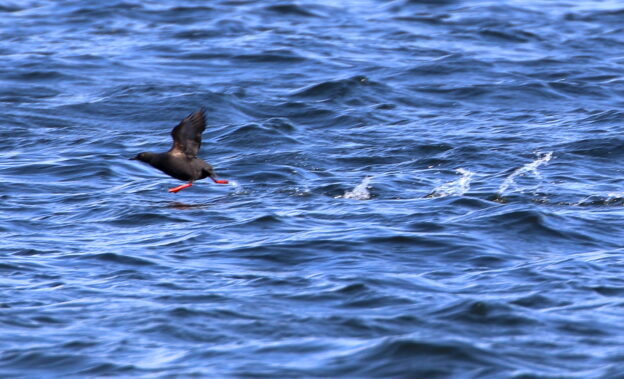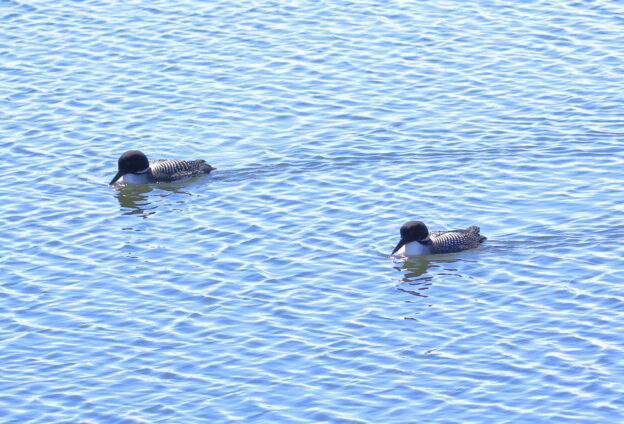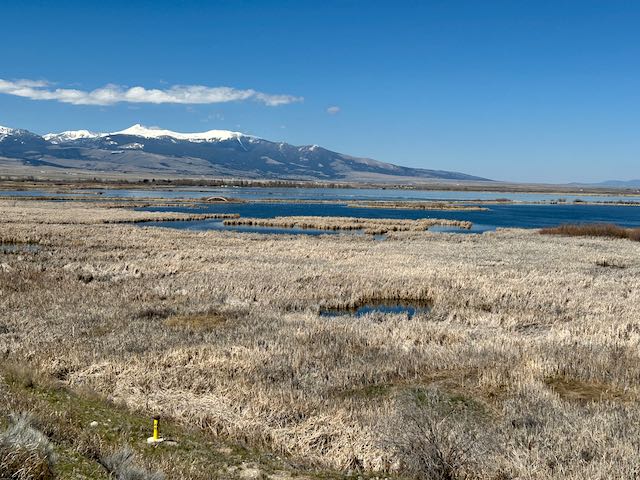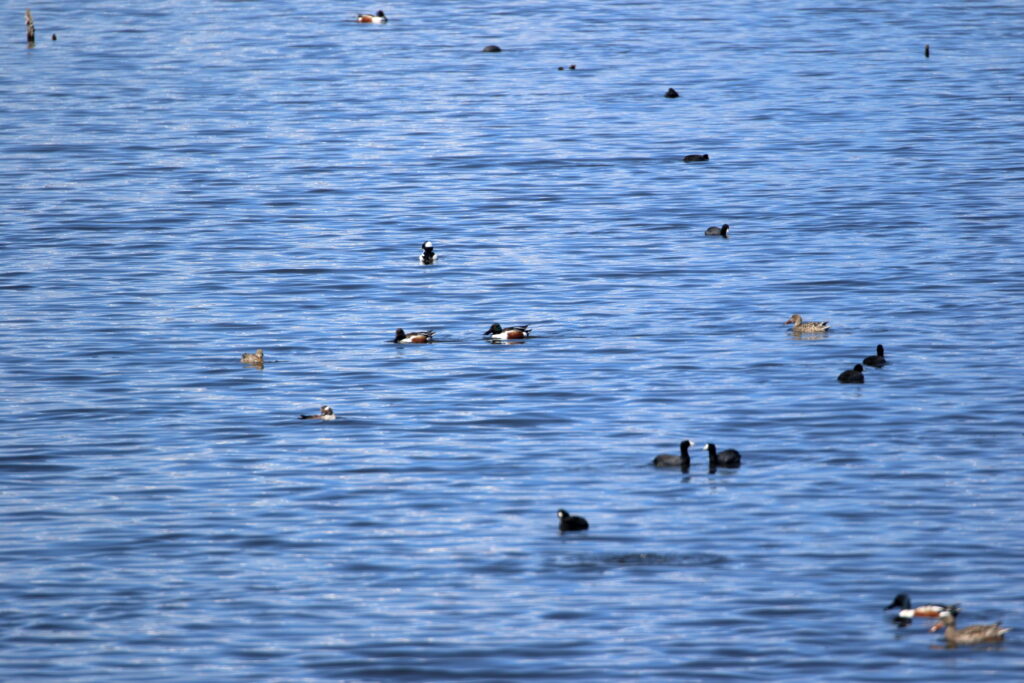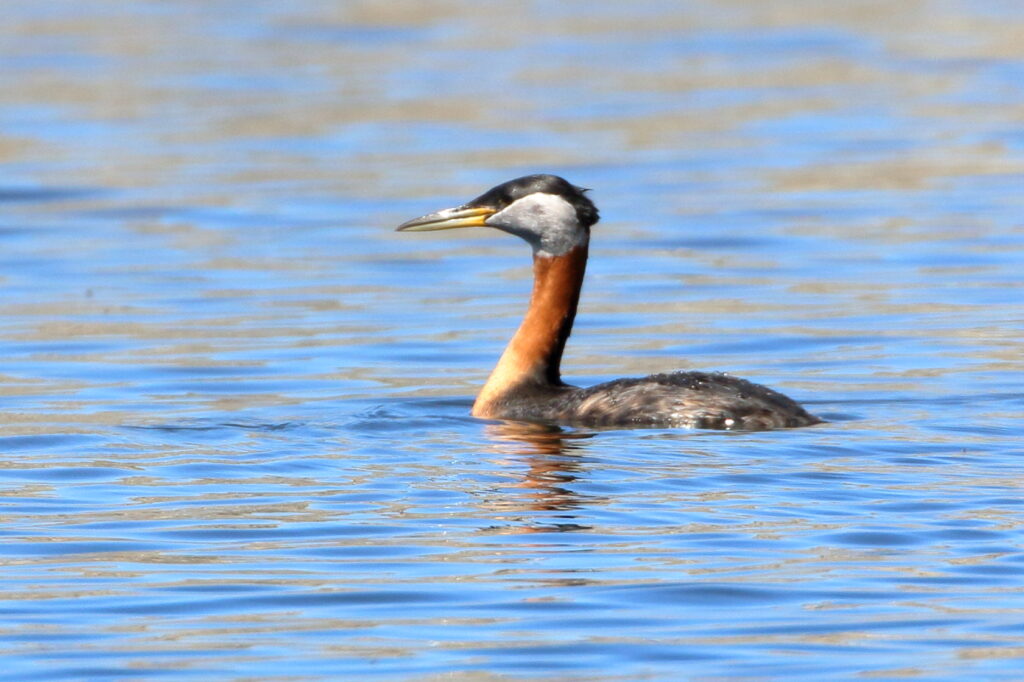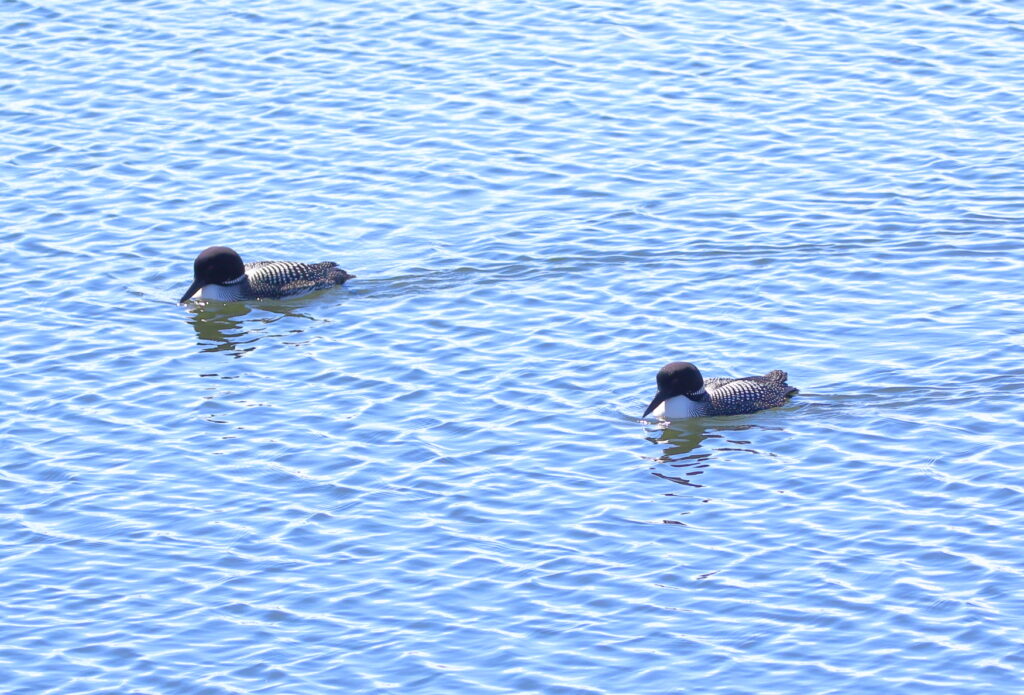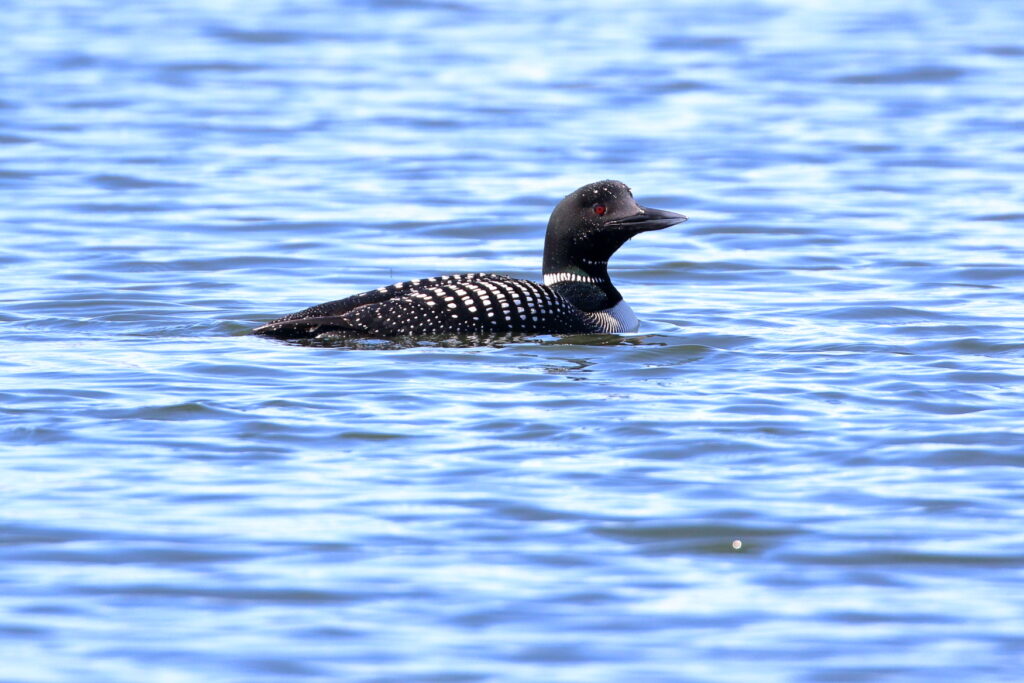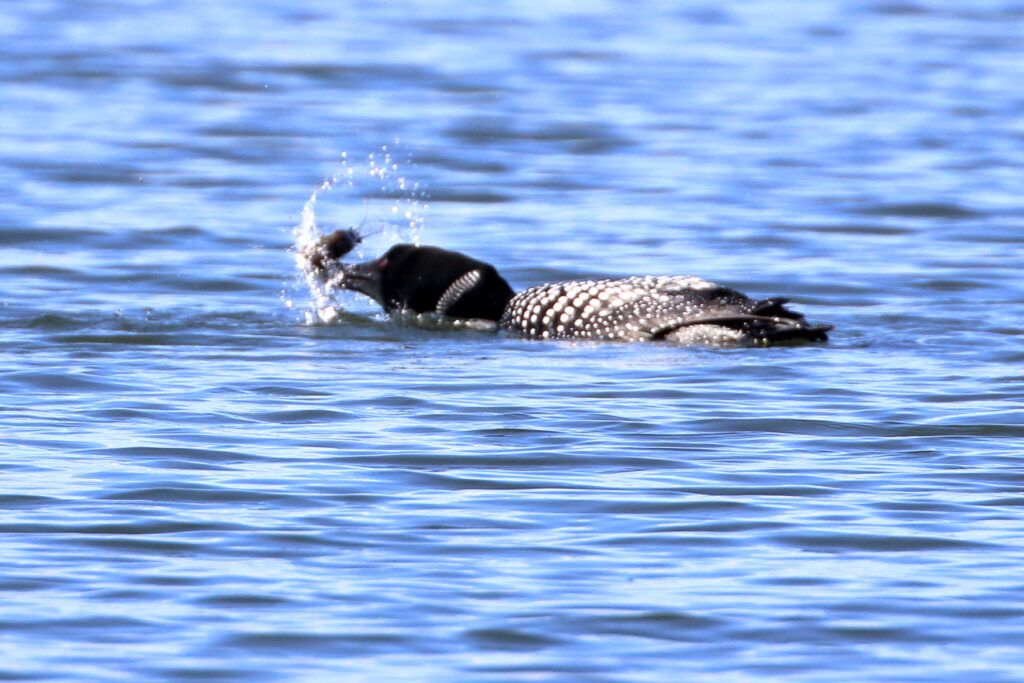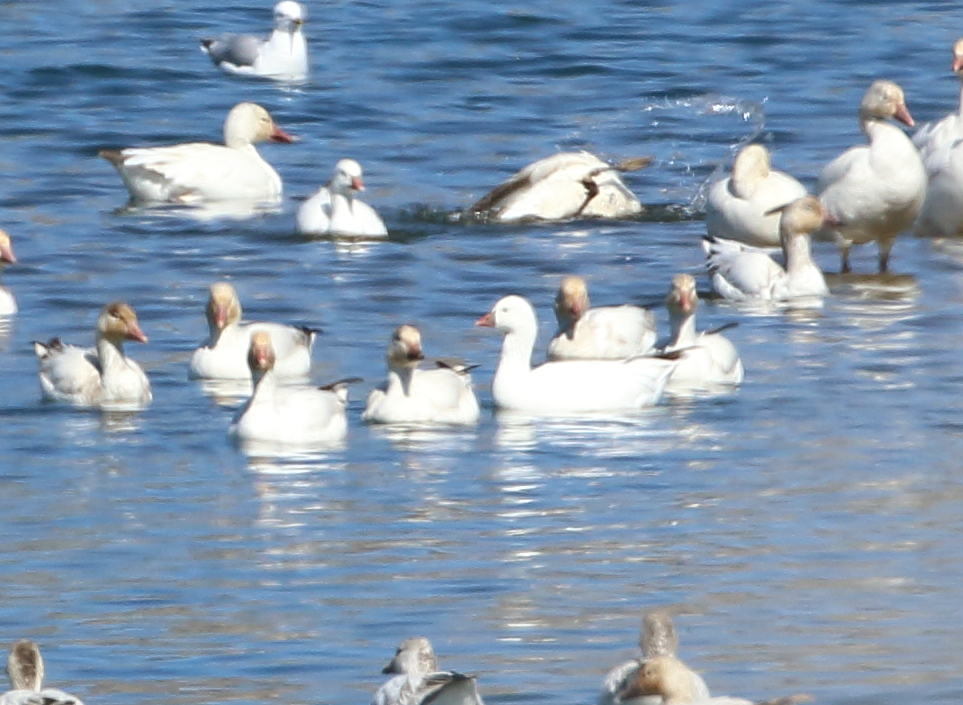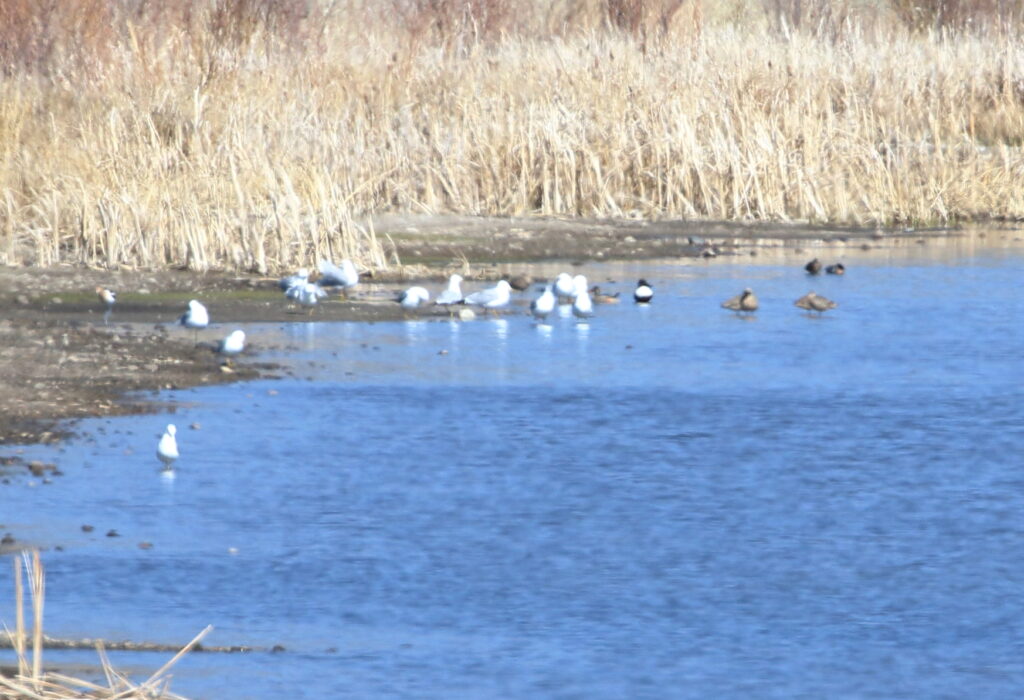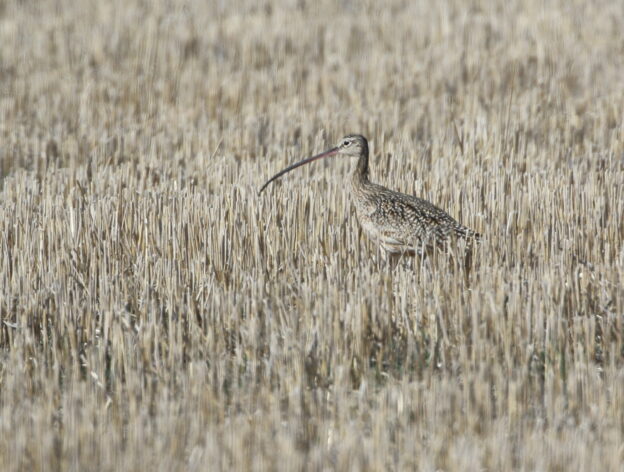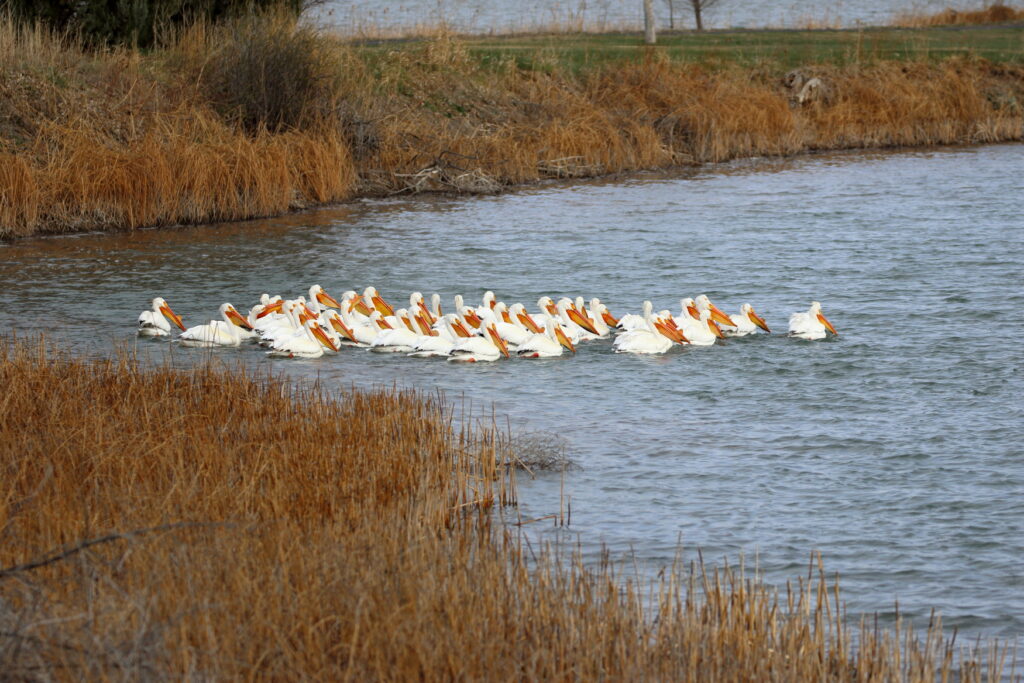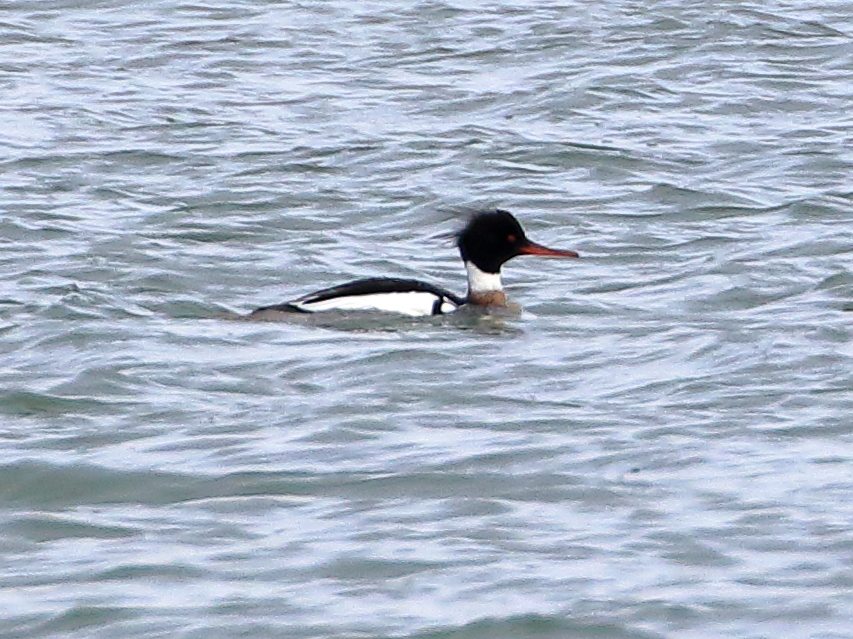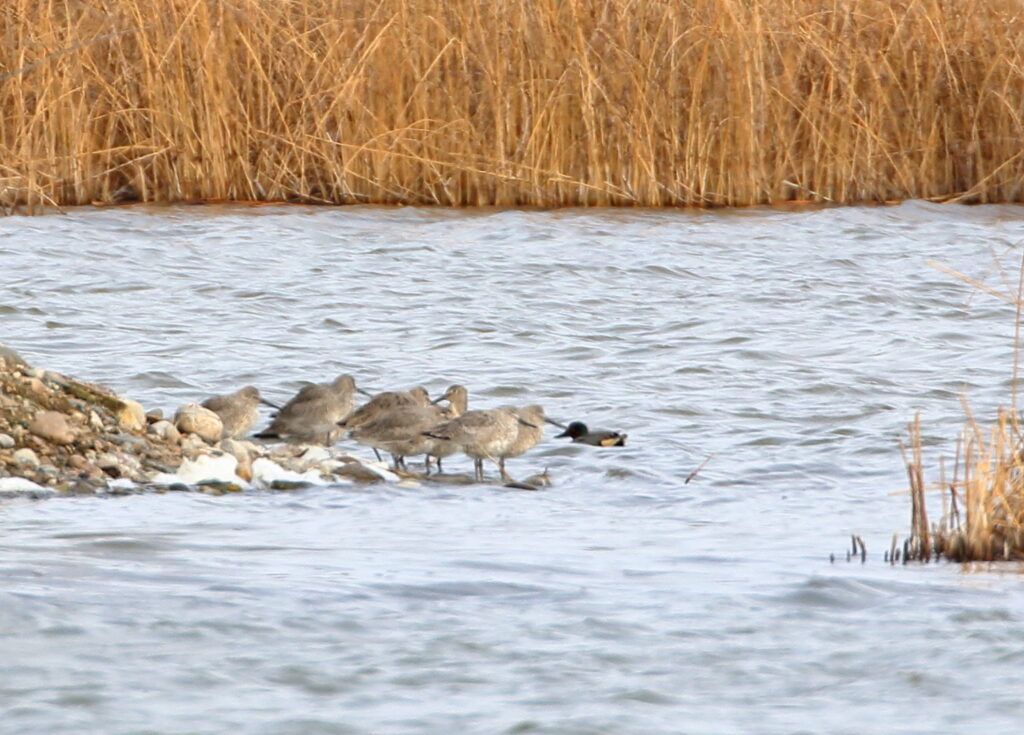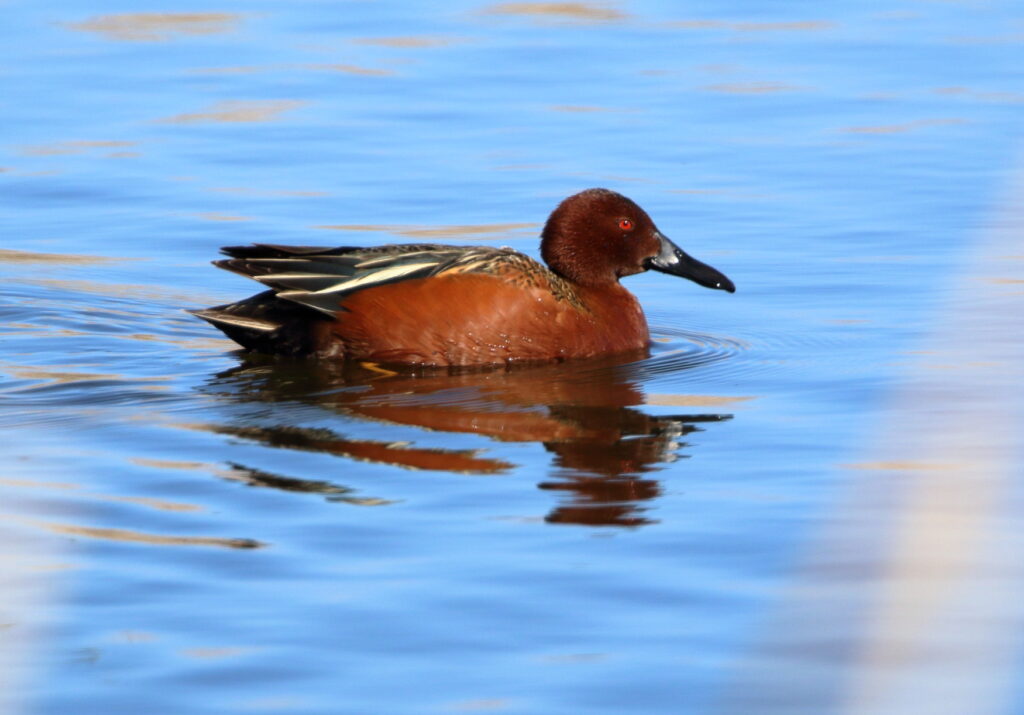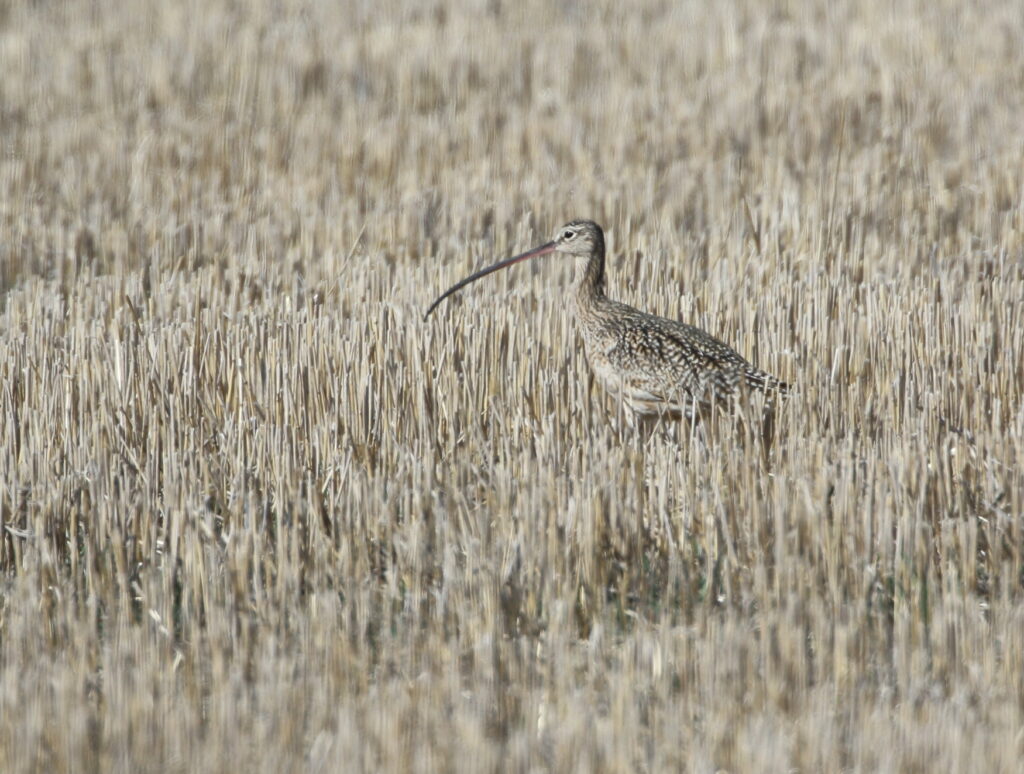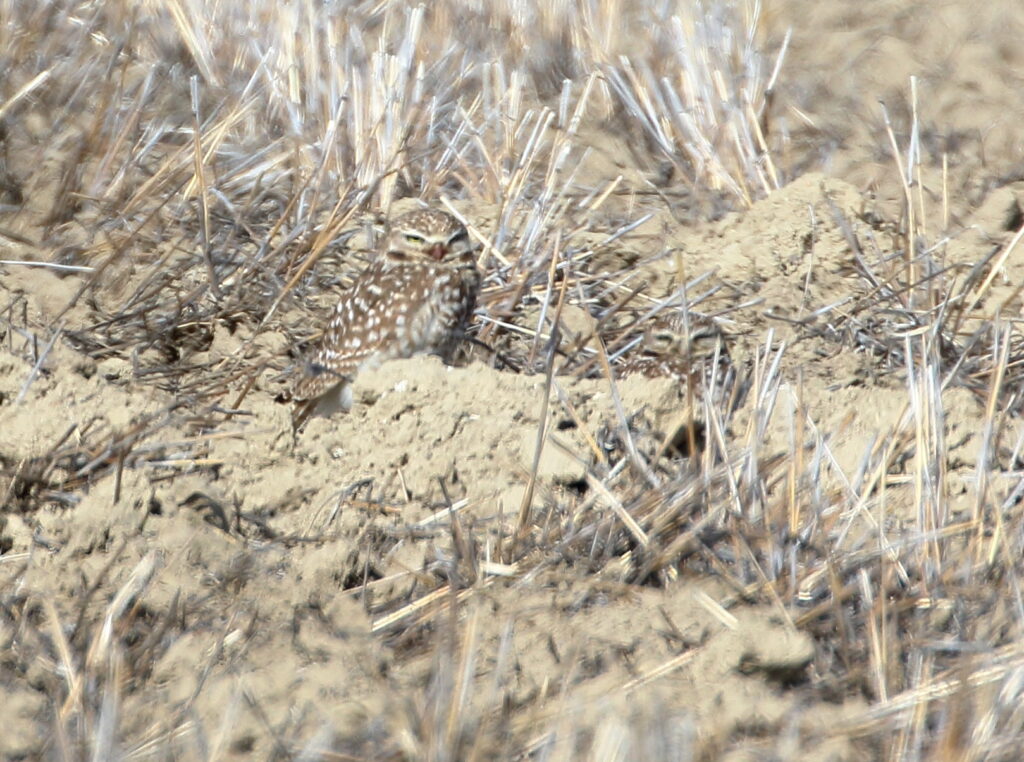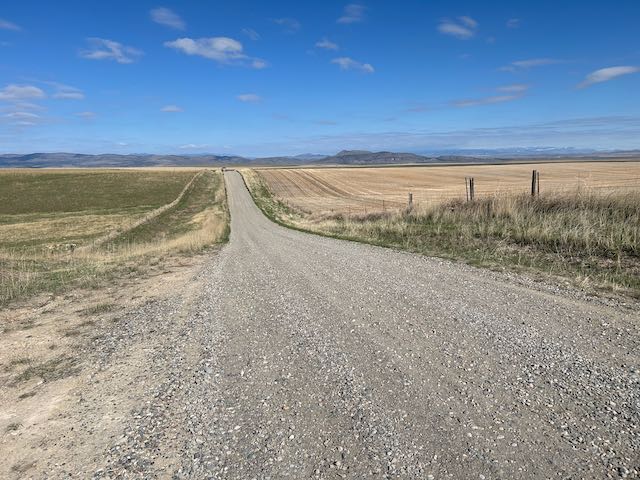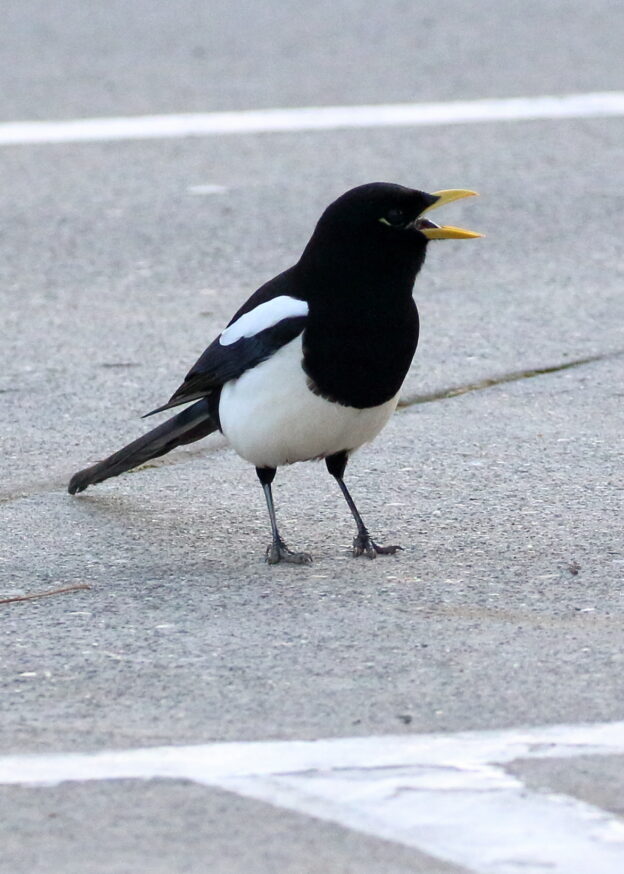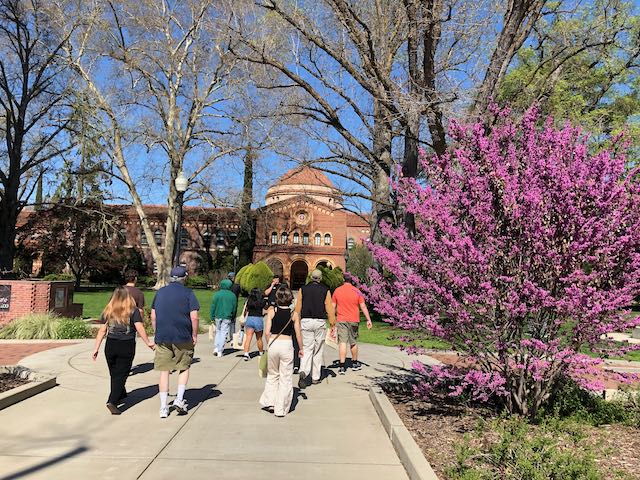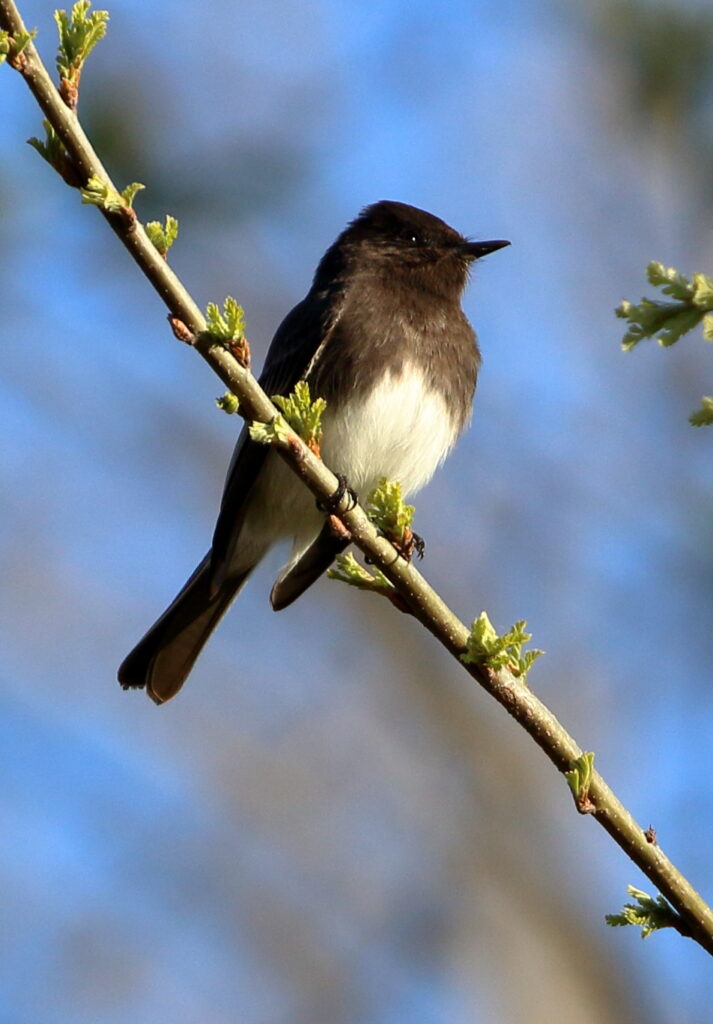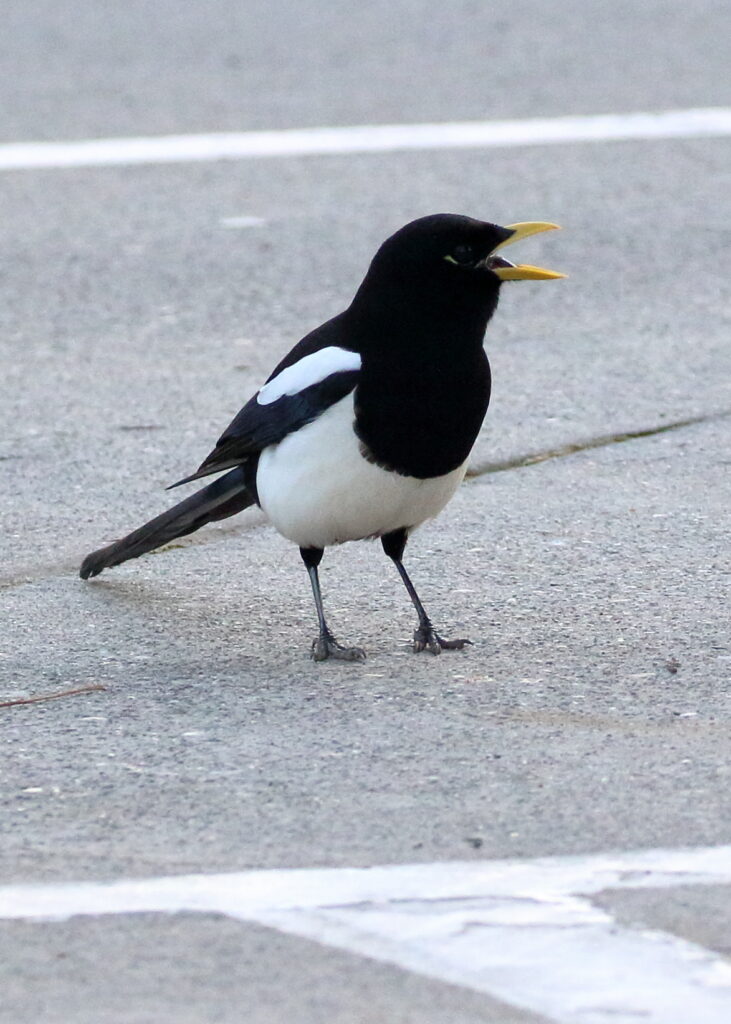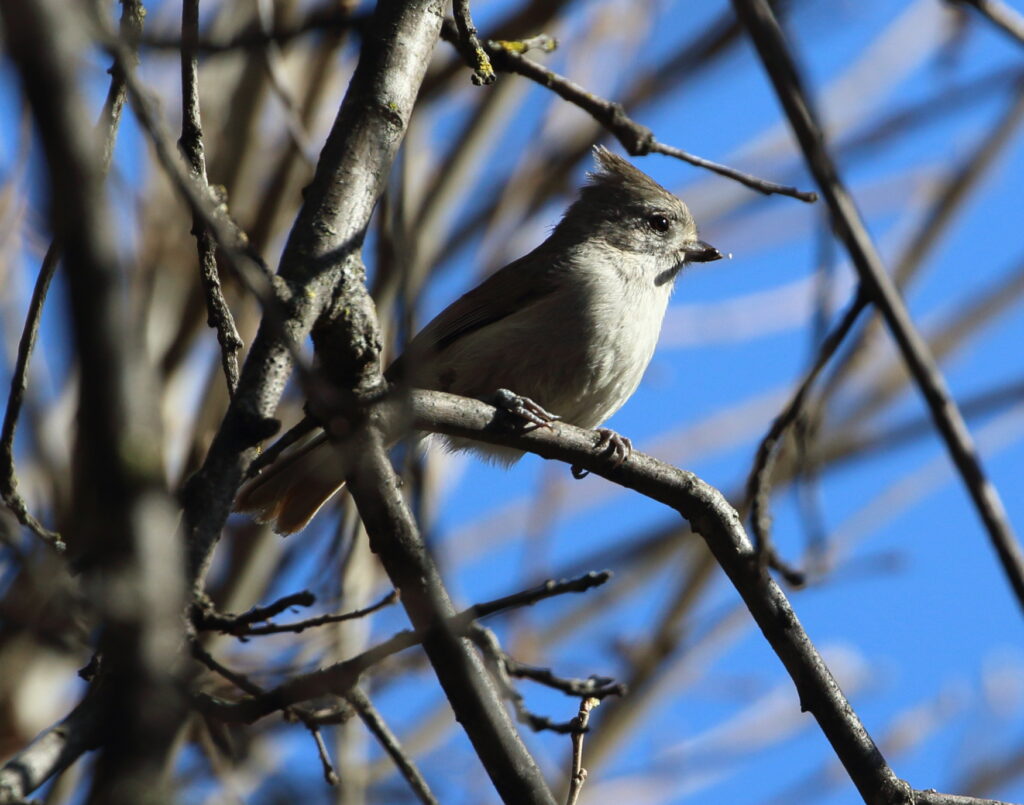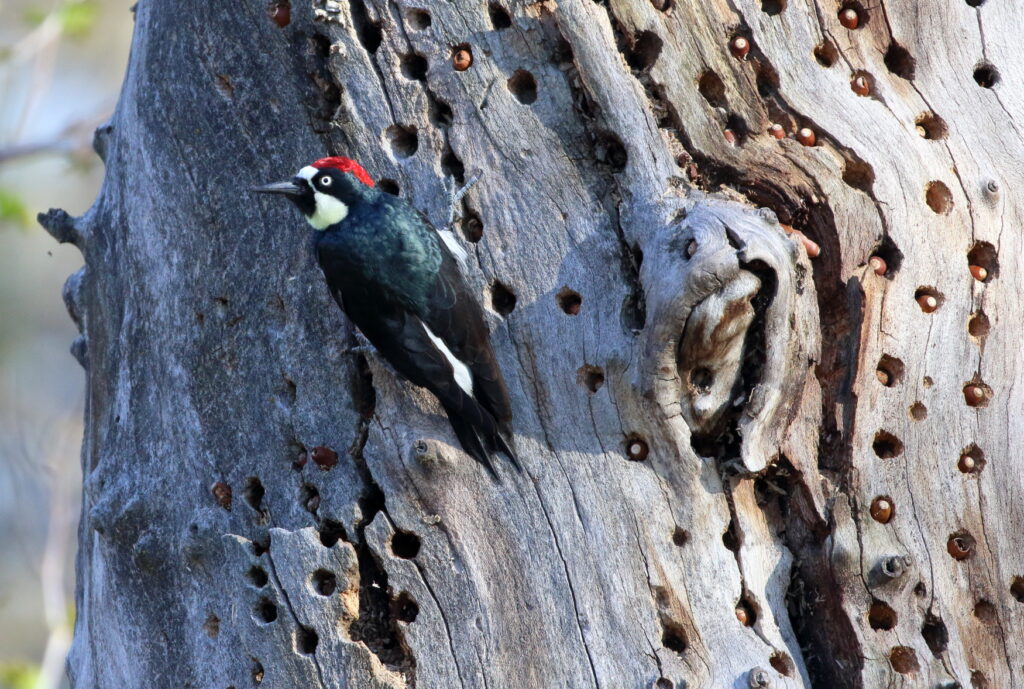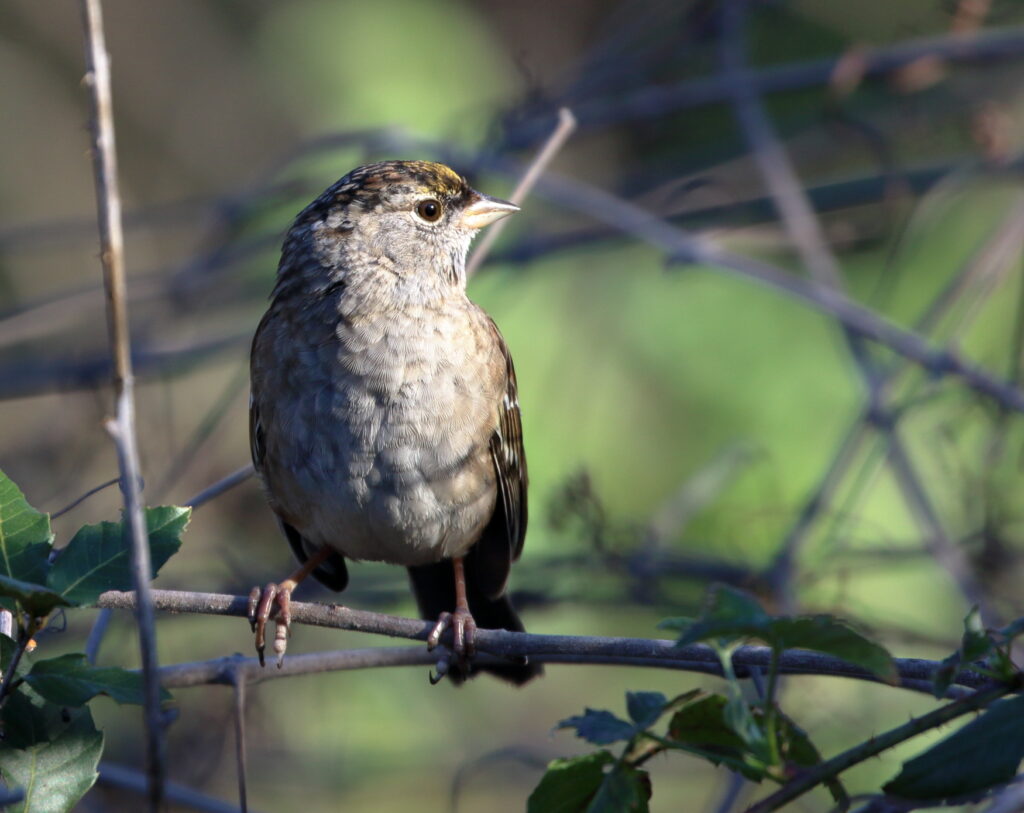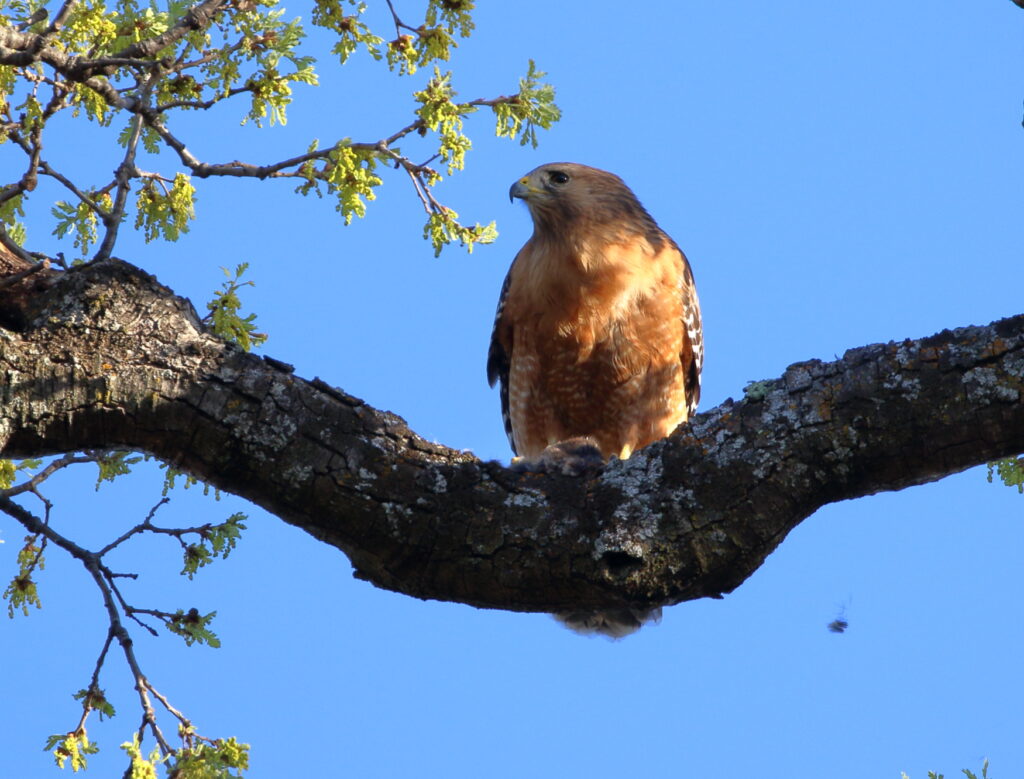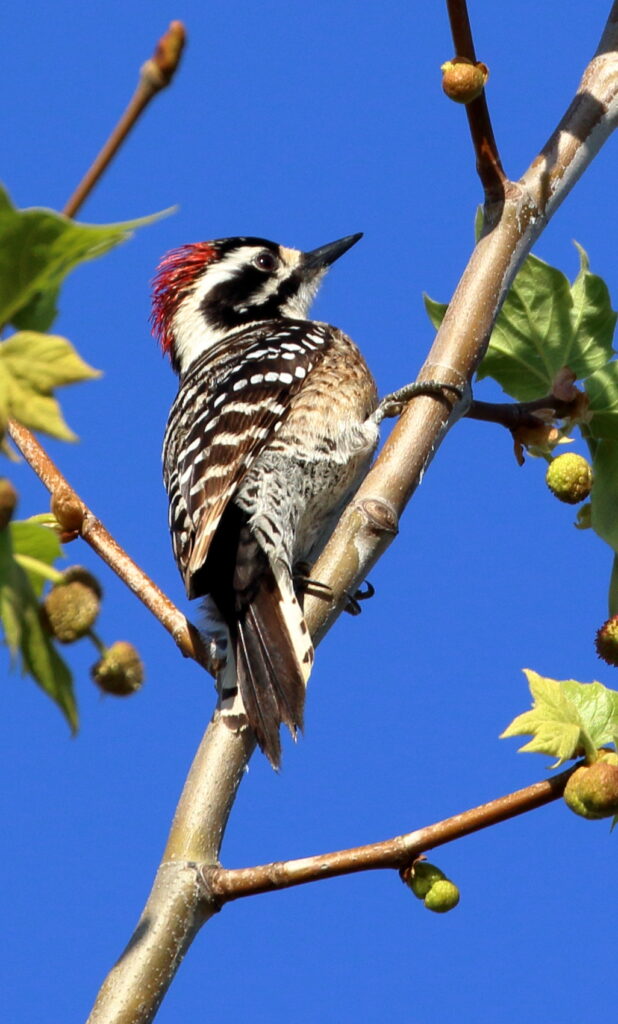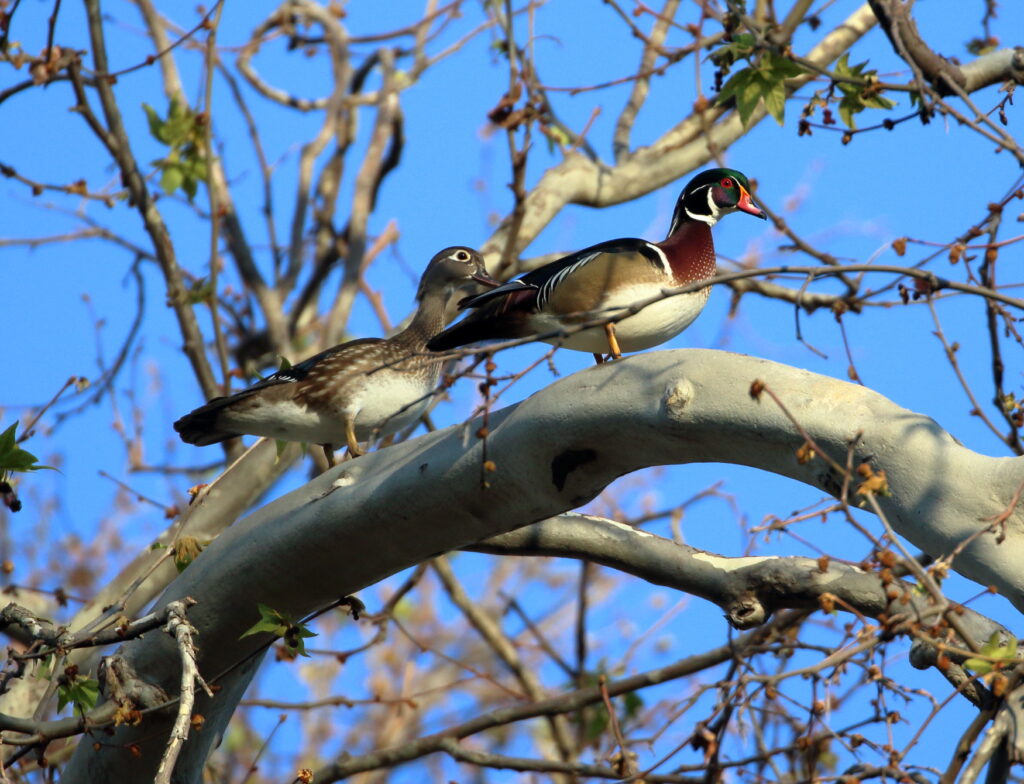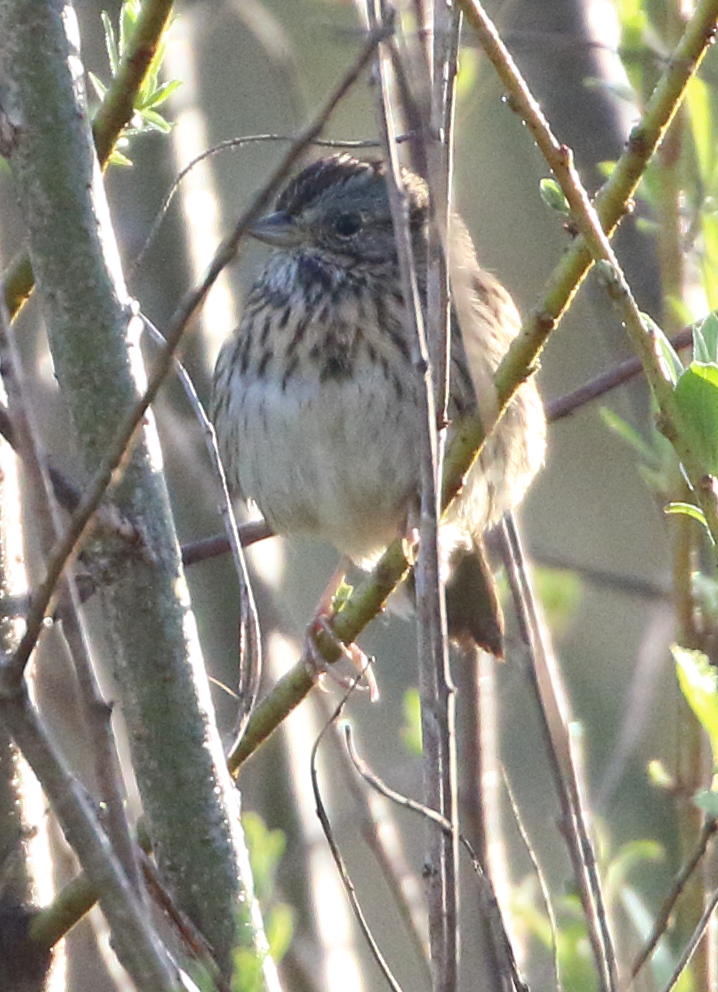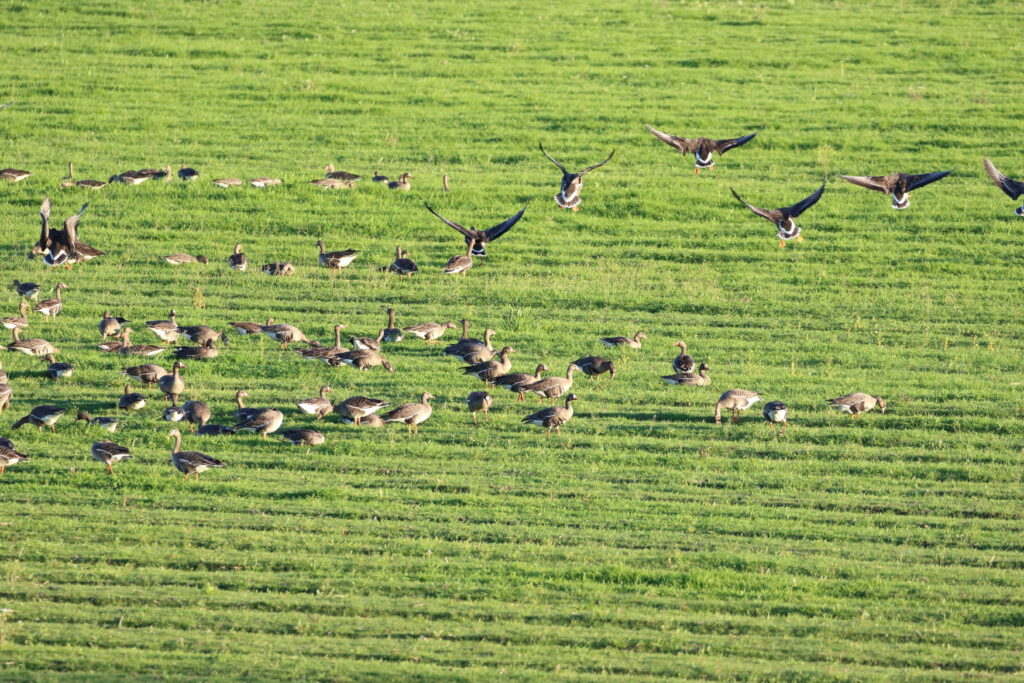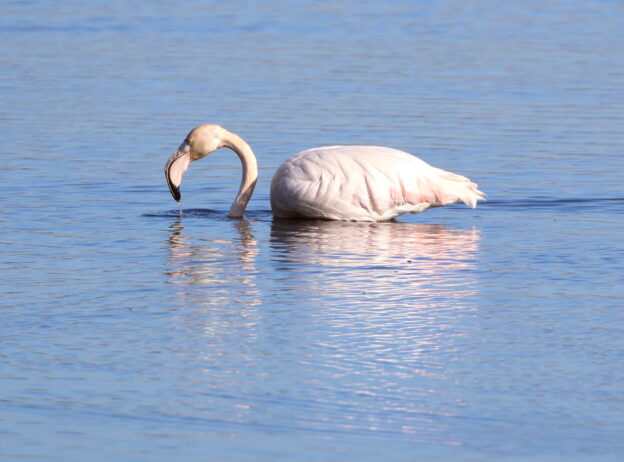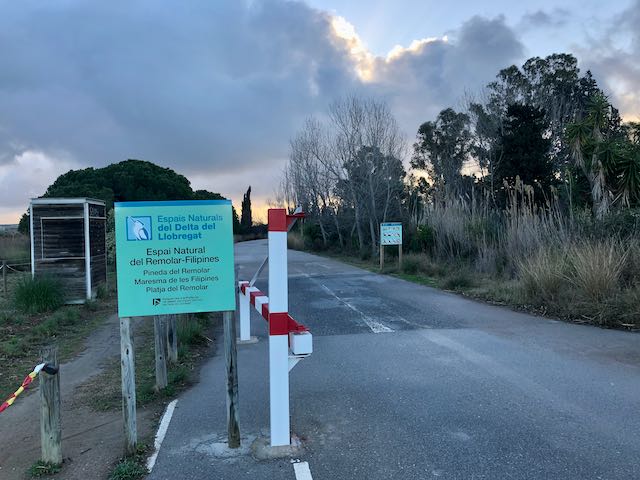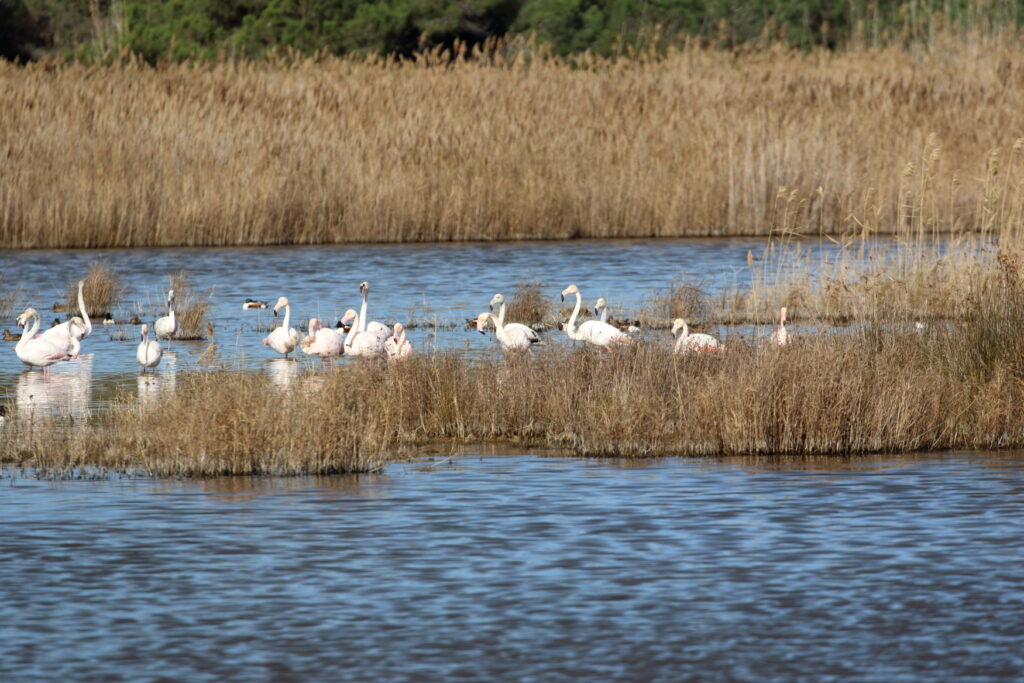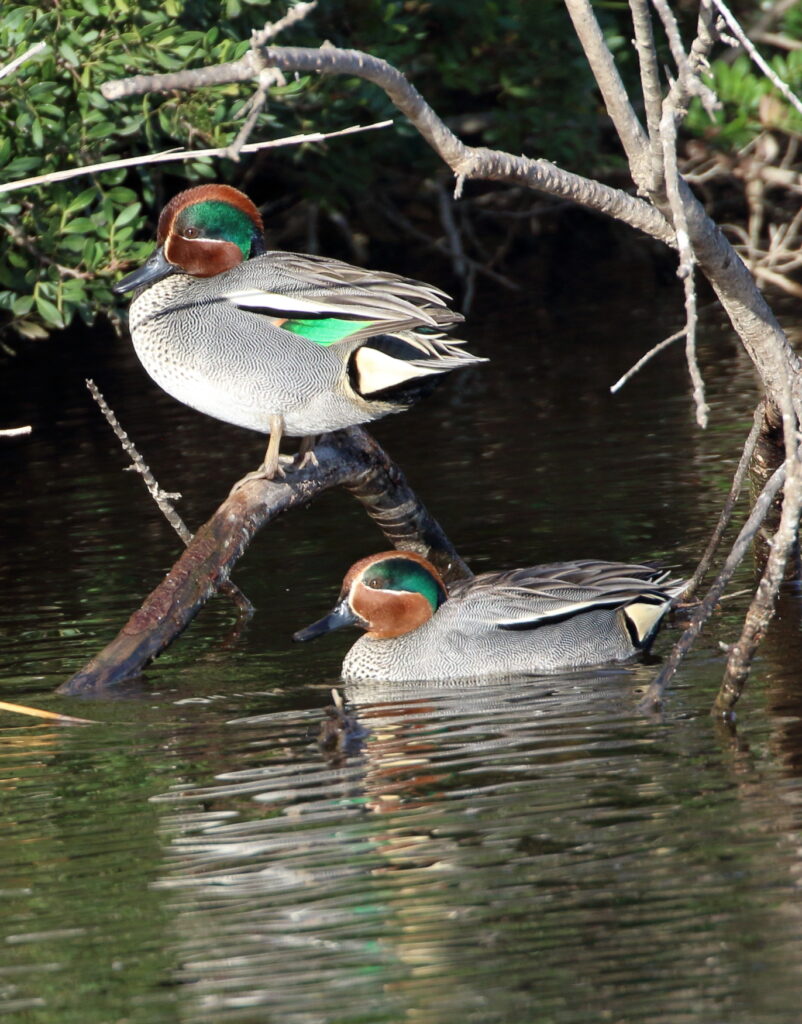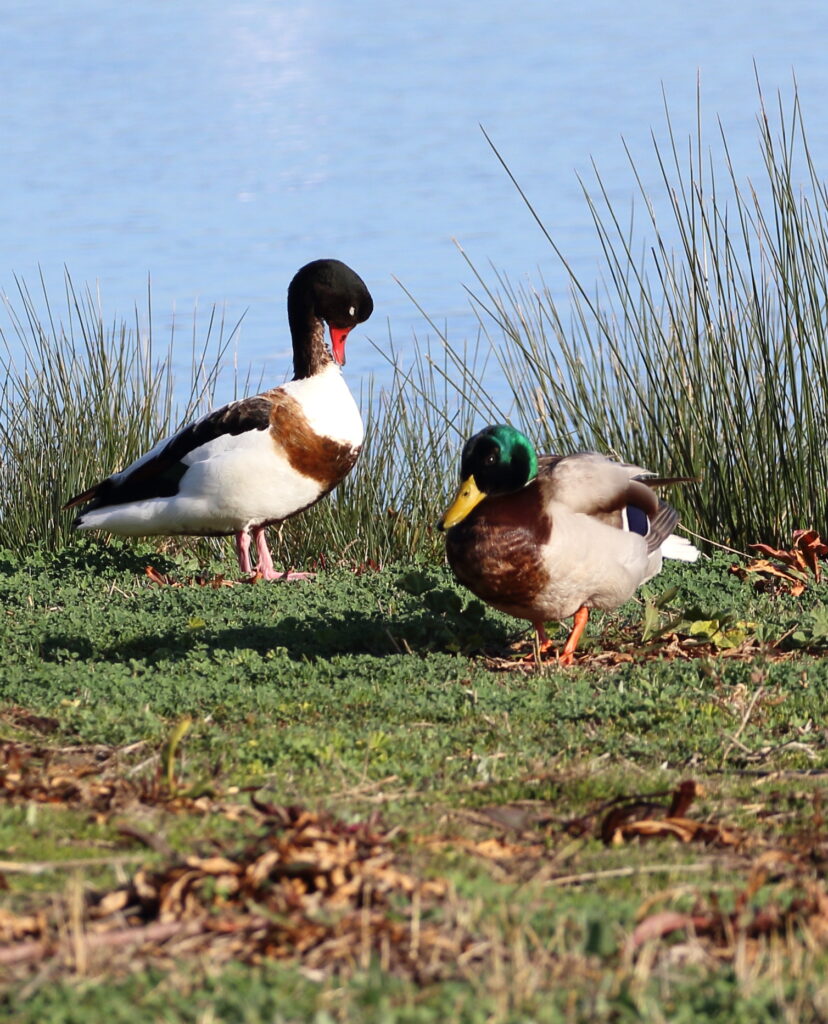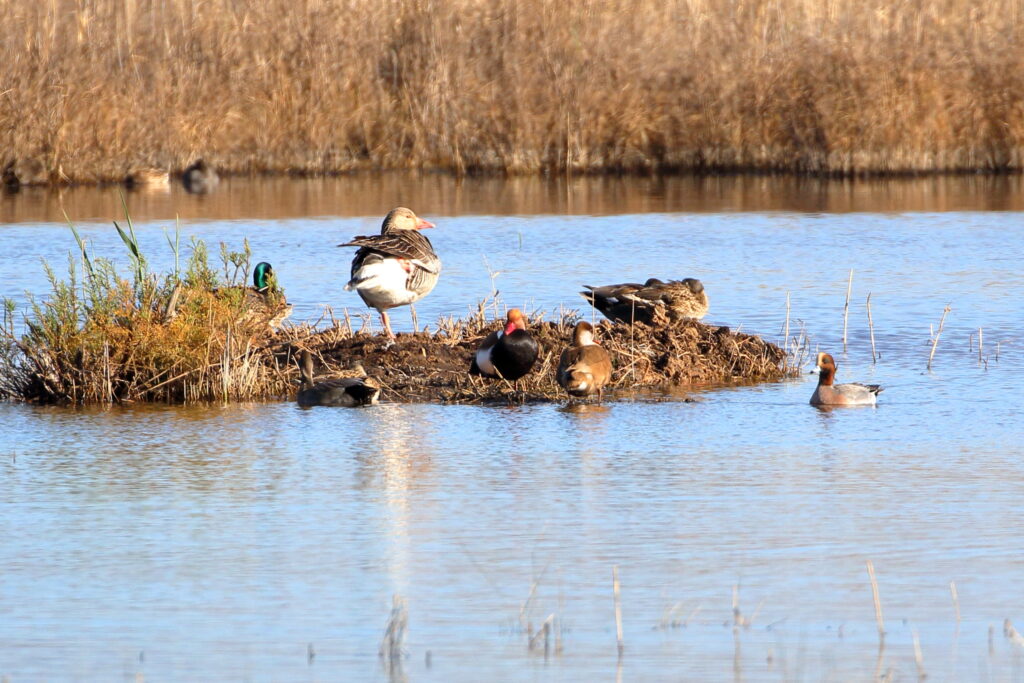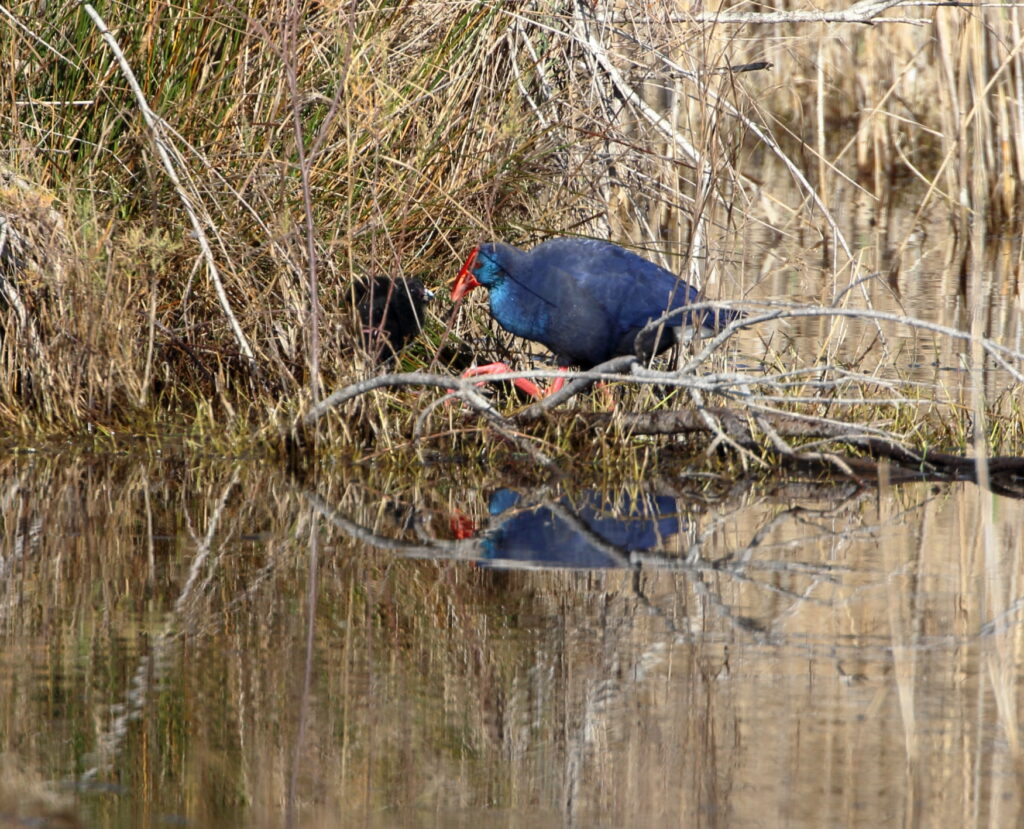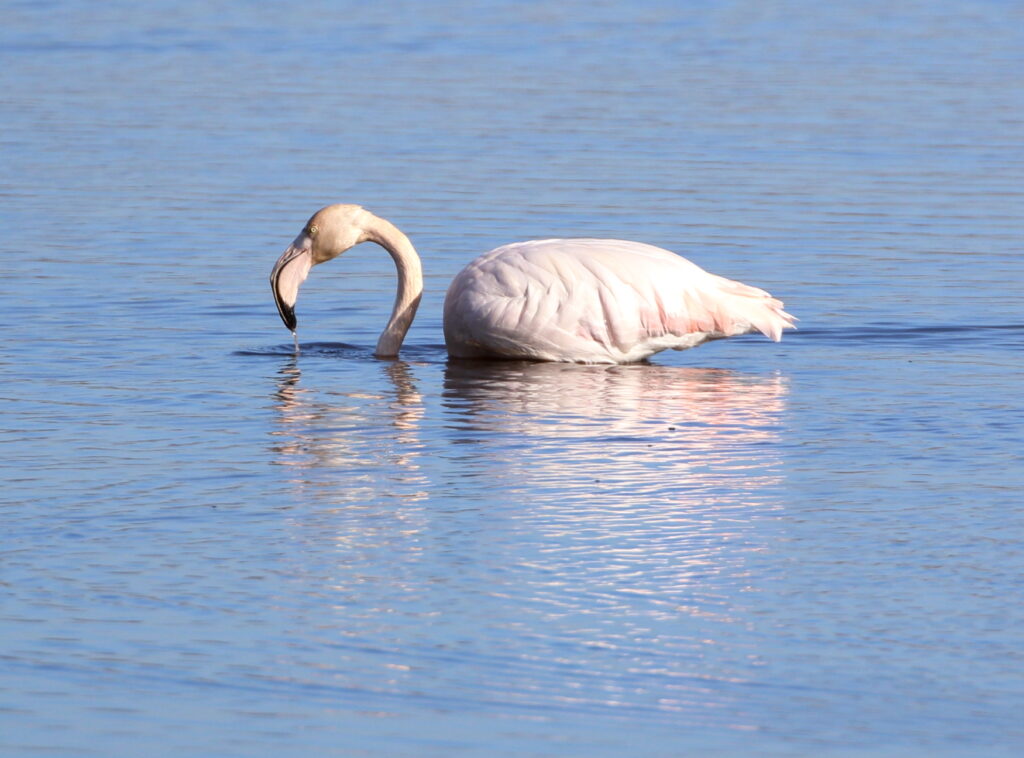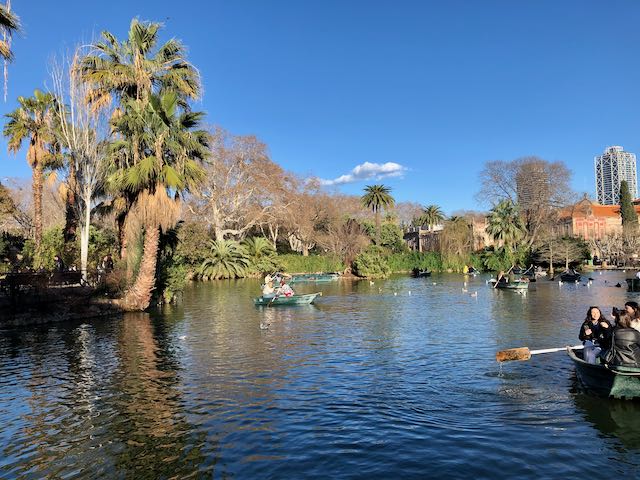Braden and I write FatherSonBirding in the hopes of sharing the wonders of birds and birding, and the urgency to protect them. We do not accept advertising or donations, but if you’d like to support our work, please consider buying *NEW* copies of some of Sneed’s books—First-Time Japan, for instance, or my forthcoming picture book for younger readers, Like No Other: Earth’s Coolest One-of-a-Kind Creatures, available for pre-order now. We appreciate your interest and hope you will keep reading!
If you’ve followed our adventures for a while, you probably realize that Braden and I are opportunistic birders. Sure, we take occasional trips solely for the purpose of birding, but more often we exploit other travel opportunities in the pursuit of our birding passions. This piggy-backing not only reduces our carbon footprints relative to taking dedicated birding trips, it provides cheaper ways to bird places we never would have imagined. Last weekend, for instance, Braden was invited by the nonprofit group Defenders of Wildlife to Washington, D.C., to speak with Maine’s Congressional delegation about the importance of safeguarding and improving the Endangered Species Act—one of the most important pieces of conservation legislation ever enacted in this country. While there, he birded the National Mall, the botanical gardens, and several other places. As Braden winged his way back to Missoula, Amy and I headed to the “other Washington,” Washington State.

We flew to Washington to attend the wedding of the youngest daughter of some of our dearest friends, the Isaacsons, and as we were planning the trip, I have to admit that birding didn’t enter my mind. Shocking, huh? As the date approached, however, I realized I might be able to sneak in a couple of birding outings. Then, as I remembered Amy’s penchant for sleeping in and realized how busy our friends would be preparing for the wedding, I recognized that I might be able to sneak in more than one or two birding sessions; I might be able to hit quite a few different places! I set several goals for myself:
* Bird new places I’d never birded before.
* Find as many seabirds and shorebirds as possible.
* Pick up some songbird targets I rarely got to see.
* Avoid getting killed in Seattle’s traffic.
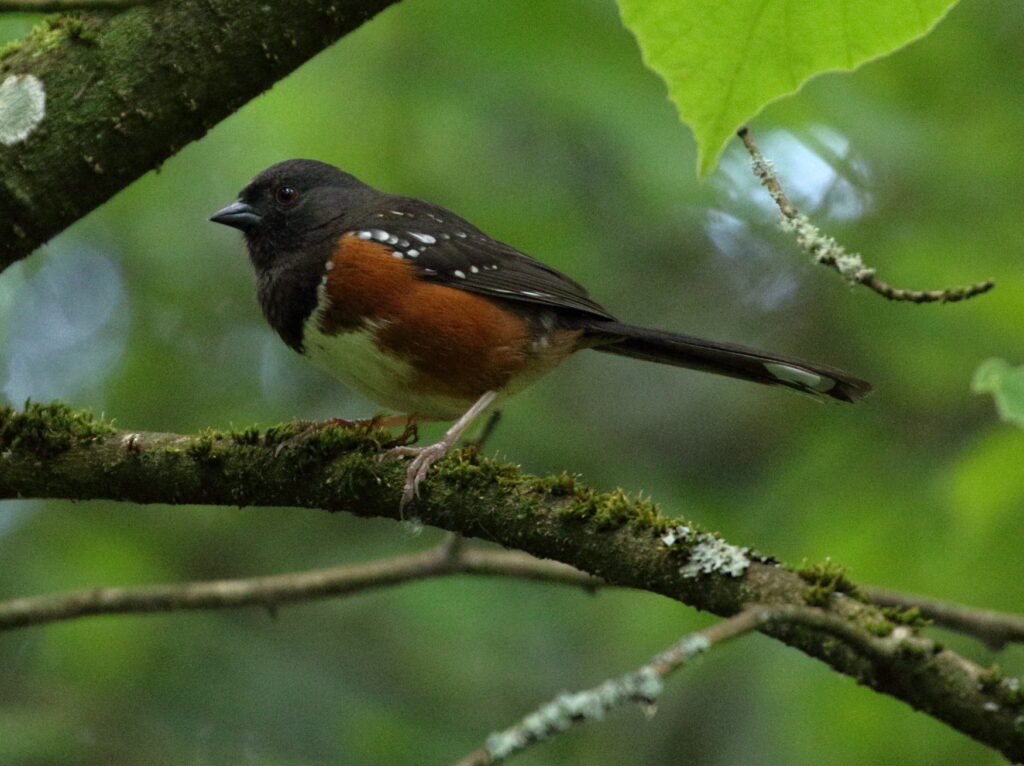
We spent our first night in Seattle, and the next morning I woke at 5:30 and made my way to the Washington Park Arboretum, which seemed to have habitat for both songbirds and waterfowl. Here, I made a disappointing discovery—waterfowl and shorebirds had pretty much fled coastal Washington for breeding areas farther north. Bummer, right? I mean, I kind of suspected as much since many of these birds had already passed through or arrived in Montana, but I guess I was hoping to run into a few. On the plus side, I found songbirds aplenty and enjoyed seeing my first Western Tanagers of the year and hearing my first Western Flycatcher—which led to the observation that migrating songbirds probably reach Washington a week or two ahead of Montana.
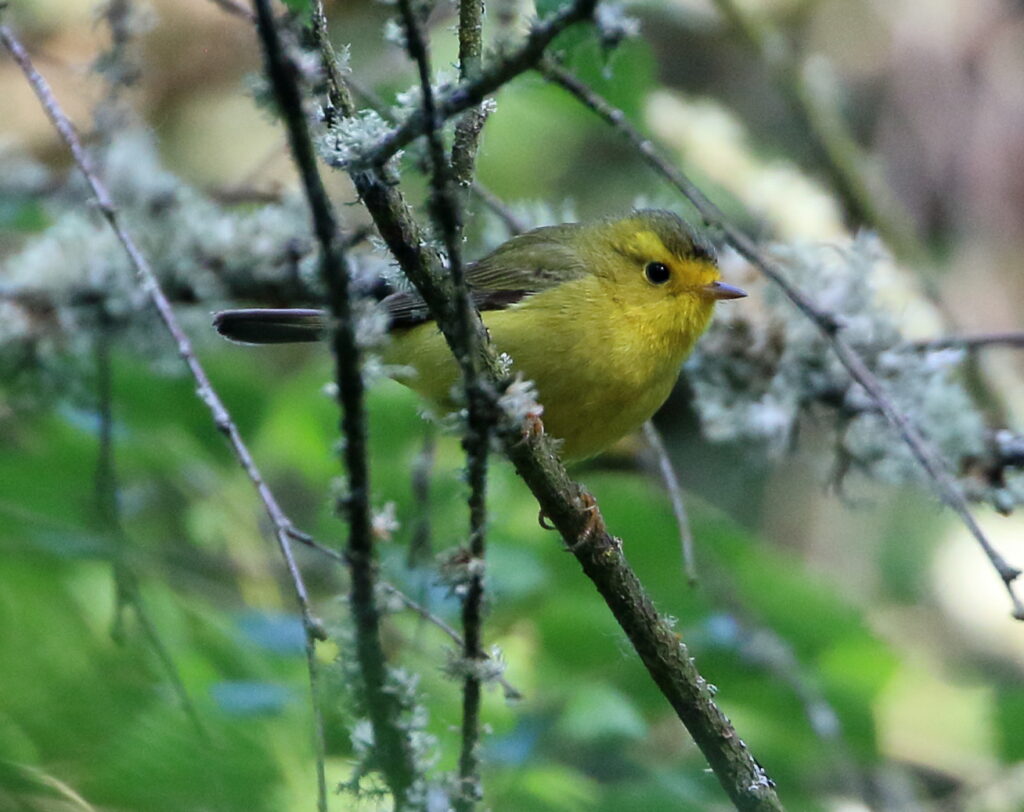
After collecting Amy and checking out of our hotel, we decided to explore Edmonds, twenty minutes away. Edmonds is a cute little town where the ferry to Kingston departs, but we mostly wanted to poke around looking for coffee shops, bookstores, and other items of interest—including birds. Alas, as we walked along the waterfront area, the waters of Puget Sound looked disappointingly empty. I spotted a few Pelagic Cormorants and hybrid Glaucous-winged X Western gulls, but none of the big rafts of scoters and pelagic species I had hoped for. Nonetheless, I stood on a little rocky viewpoint and carefully scoured the choppy seas with binoculars, wishing I had a proper spotting scope. Suddenly, I saw a black bird with a white head patch and orange-and-white bill about a quarter mile offshore. Surf Scoter! my brain shouted, but I immediately lost it in the chop. As I tried to “reacquire” my target, however, I saw a black bird that looked much different. This one had no colored bill that I could see, but did have a prominent white patch on its flanks. My heart soared as I recognized one of the birds I had most hoped to encounter on the trip: Pigeon Guillemot! Hooray! Ten minutes later, I got a bonus PIGU on the other side of the ferry dock—a perfect reward for my perseverance.
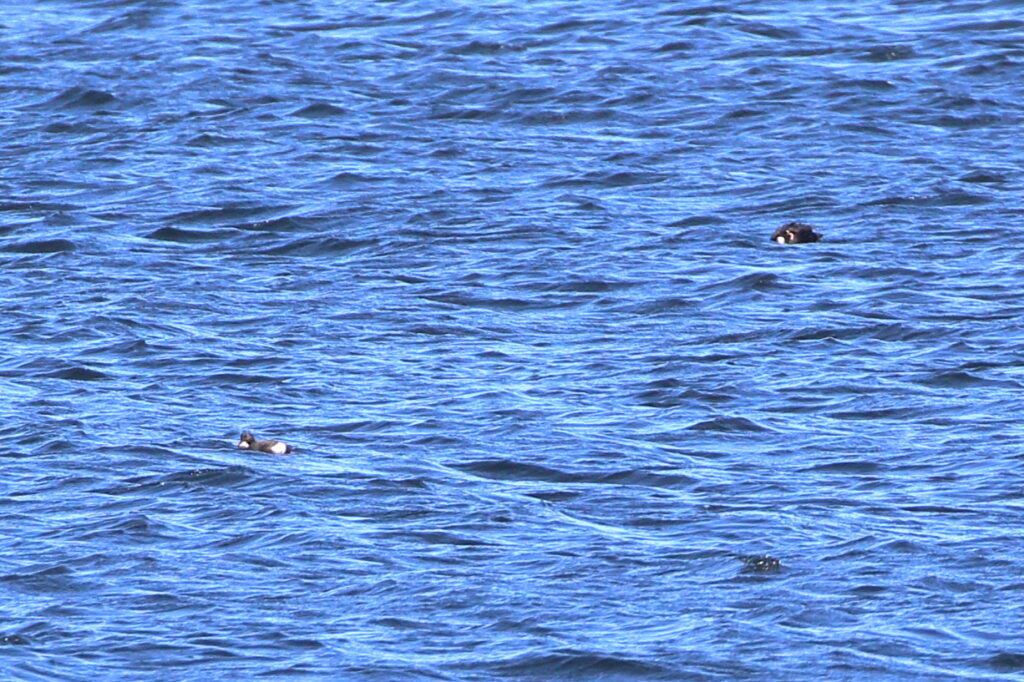
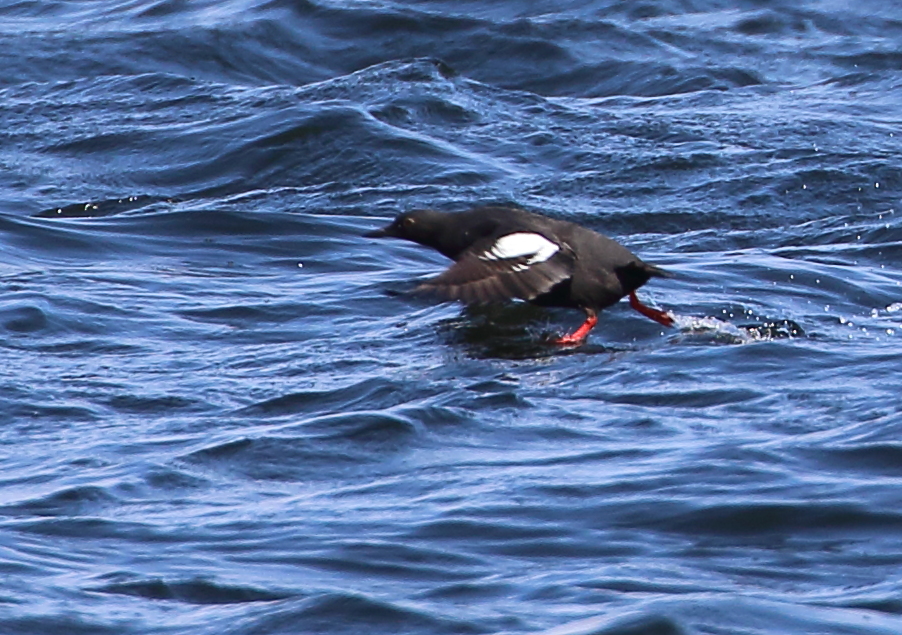
The wedding was to be held up near Burlington, Washington, and on the drive up I convinced Amy to stop at another place I had driven by many times but never visited. I wasn’t even sure what it was called, but at various times of year I had seen dozens of ducks spread out across big ponds there. A little research revealed that it was Spencer Island, site of both sewage treatment settling ponds and some restored natural wetland areas. Thank god for Google Maps, because it required quite a convoluted route to reach it off of the freeway.
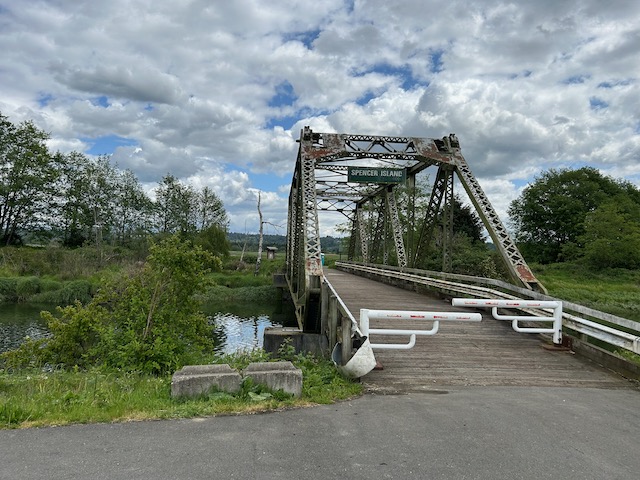
Alas, here as elsewhere, most of the water birds had fled, but a short walk did net us my best look ever at Marsh Wrens, along with glimpses of Anna’s Hummingbirds, which are rare in Montana. However, I encountered my biggest score as we were driving out. I had the window rolled down, when I heard a distinctive “kiddick-kiddick!” from the marsh to our left. In previous years, I doubt I would have even noted it, but one of the great things about birding is that the longer you live, the more experience you acquire, and this time, I knew what it was: a Virginia Rail! My third one of the year already, which is quite astonishing given that Braden have spent entire years never seeing or hearing one at all.
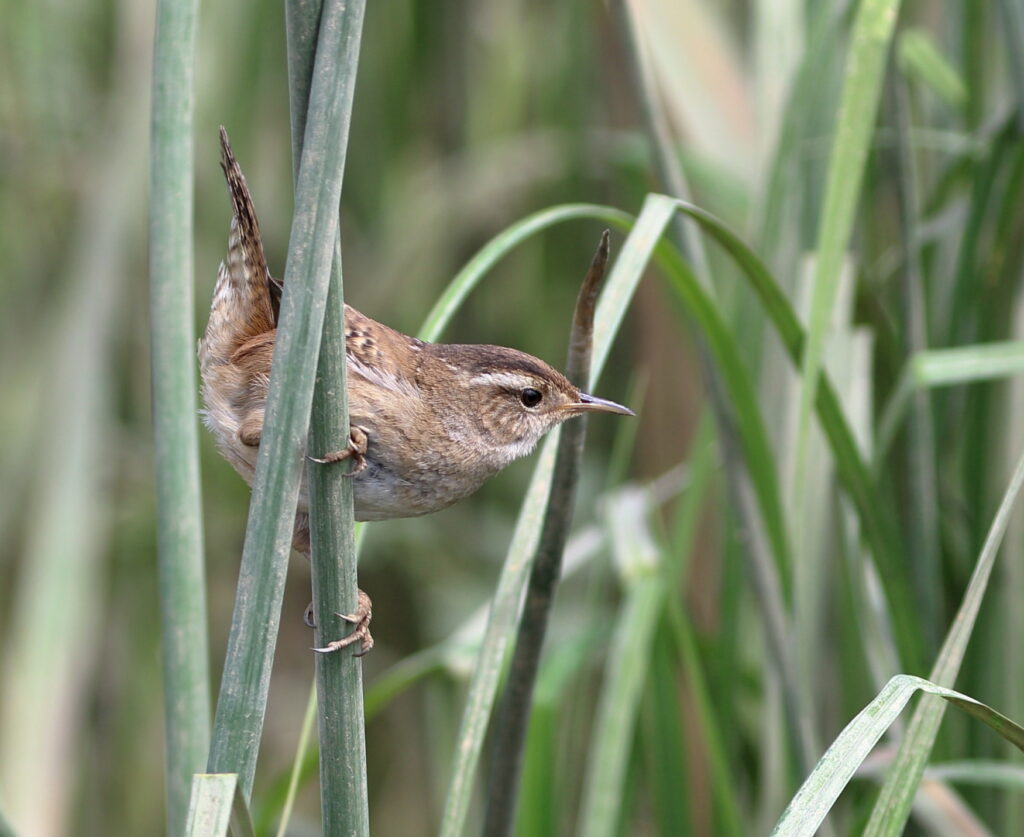
From Spencer Island, my early day was catching up with me, so Amy and I headed straight to our hotel in Burlington for a pleasant afternoon eating Mexican food, reading, and enjoying being on holiday. The wedding was the next day and we looked forward to that. Unbeknownst to moi, however, the trip’s best birding also lay ahead . . .
Stay tuned for Part II on Friday!

